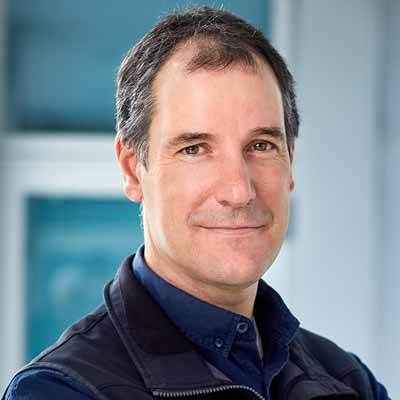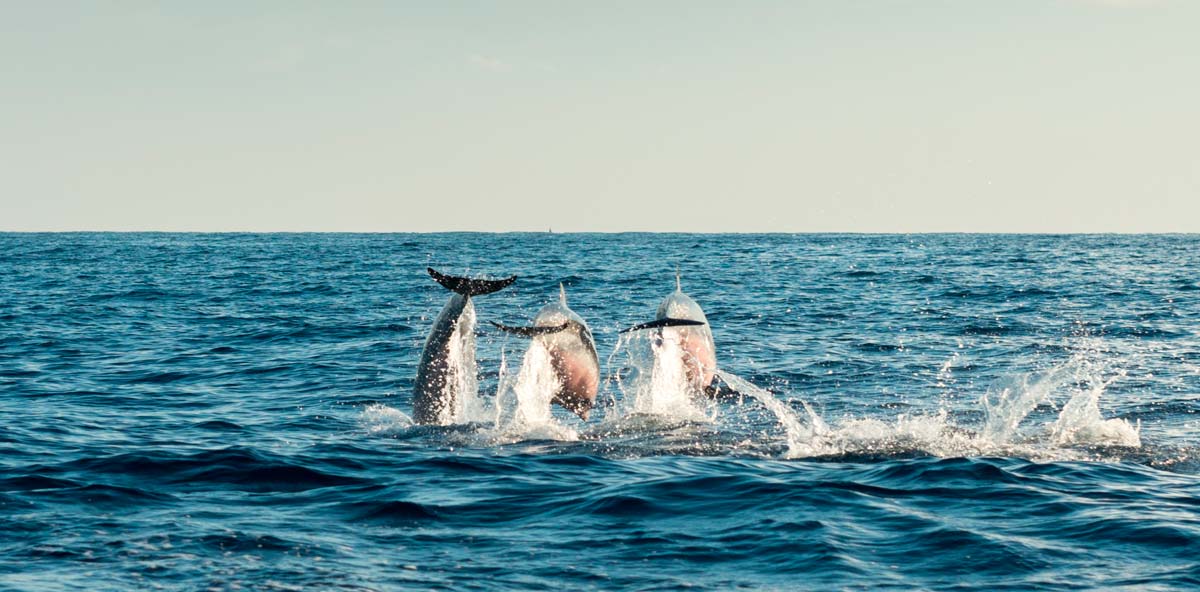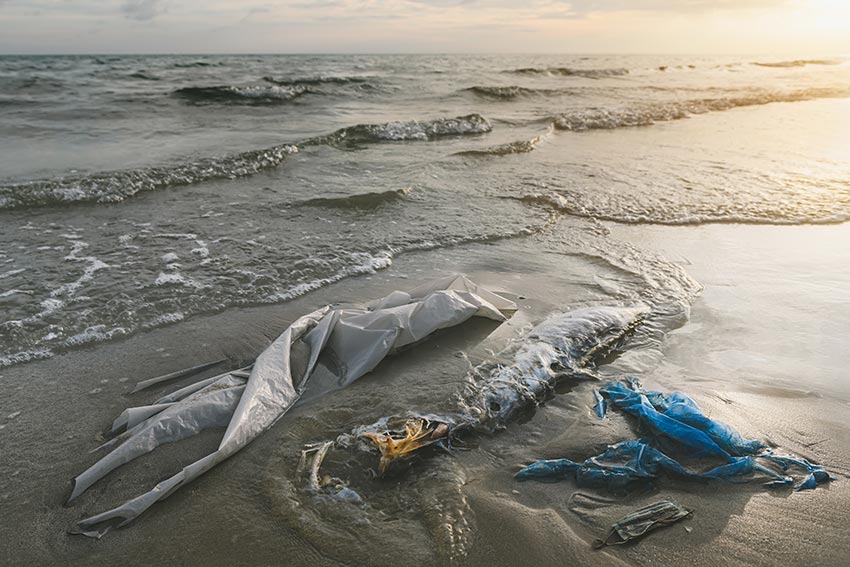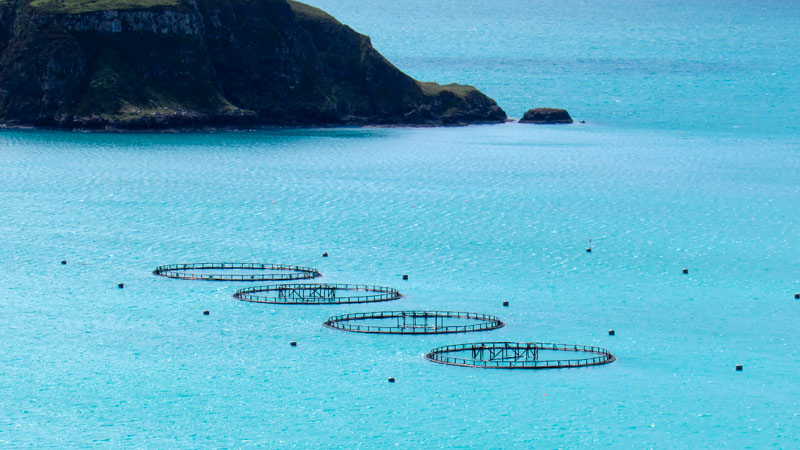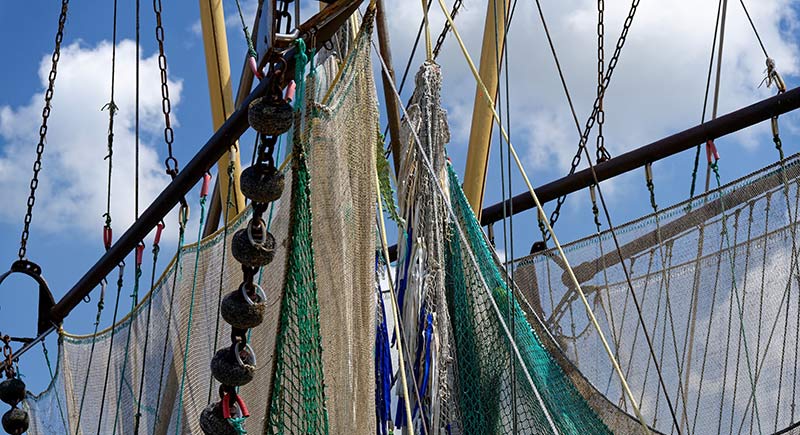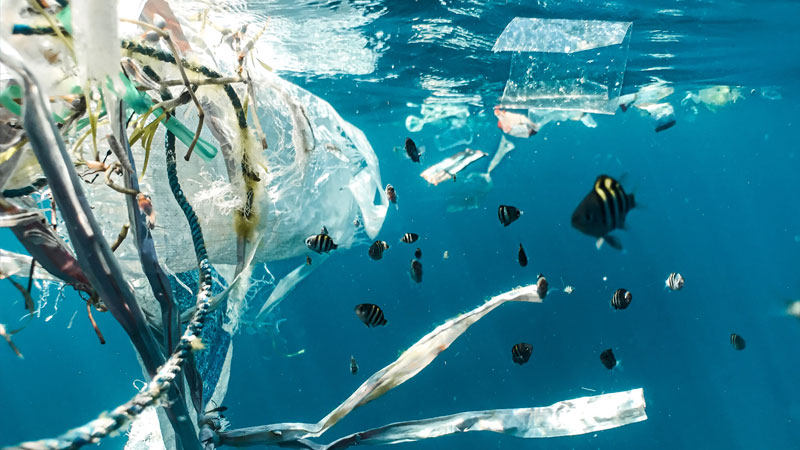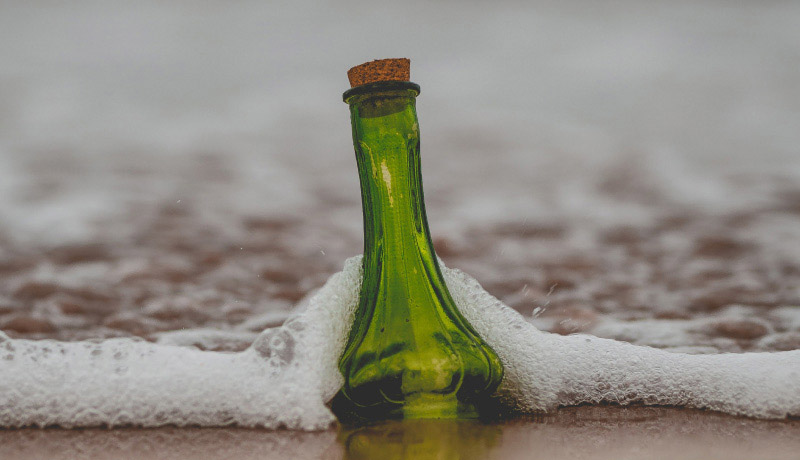SafeWAVE
Streamlining the Assessment of environmental effects of WAVE energy
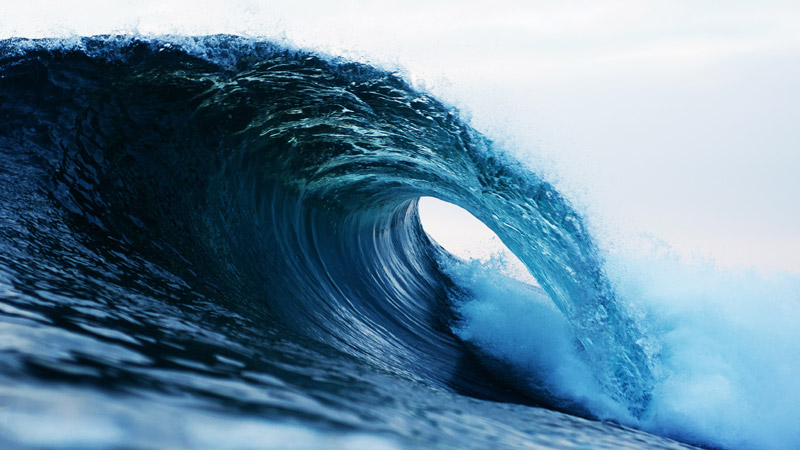
The Atlantic seaboard offers a vast marine renewable energy (MRE) resource which is still far from being exploited. These resources include offshore wind, wave and tidal energy. This industrial activity holds considerable potential for enhancing the diversity of energy sources, reducing greenhouse gas emissions and stimulating and diversifying the economies of coastal communities.
Ocean energy is one of the pillars of the EU’s Blue Growth Strategy because of its ability to provide clean, predictable, indigenous and reliable energy and to contribute to the EU’s objective of reaching a share of renewables of at least 32% of the EU’s gross final consumption by 2030.
The nascent status of the Marine Renewables sector, and Wave Energy (WE) in particular, yields many unknowns about its potential environmental pressures and impacts, some of them still far from being completely understood.
The complexity of administrative licensing procedures for marine renewables due to the absence of specific regulations, the large variety and number of authorities involved and the need to carry out Marine Spatial Planning for the selection of the best locations are other major obstacles or non-technological barriers to the future development of the sector.
Finally, there is also a need to provide more information to the sector, not only to regulators, developers and other stakeholders, but also to society at large in order to improve its perception and understanding of marine renewable energies on a technical, environmental, etc. level, and thus avoid possible opposition to future developments at the local level.
Objectives
The main objective of the project is to overcome these non-technological barriers by giving continuity to the work being developed in the framework of the WESE project through the following specific objectives:
- Development of an Environmental Research Demonstration Strategy based on the collection, processing, modelling, analysis and sharing of environmental data collected in WE sites from different European countries where wave energy converters are currently operating (Mutriku power plant and BIMEP in Spain, Aguçadoura in Portugal and SEMREV in France). The SafeWAVE project aims to improve the understanding of the negative, positive and non-significant effects of wave energy projects and thus reduce the uncertainty associated with these environmental impacts.
- Development of a planning and administrative authorisation strategy that builds on the Marine Spatial Planning guidelines and tools developed in Spain and Portugal in the framework of the WESE project and implements similar guidelines and tools for Ireland and France, thus completing a support to ocean energy developers and public authorities for most of the EU countries in the Atlantic Arc.
- Development of a Public Education and Engagement strategy to work collaboratively with coastal communities in France, Ireland, Portugal and Spain, to co-develop and demonstrate a framework for education and public engagement (EPE) of MRE enhancing ocean literacy and improving the quality of public debates.
| Partners |
AZTI (Project Coordinator, ES), Centro De Energia Offshore Associacao (PT), Biscay Marine Energy Platform SA (ES), Asociación Centro Tecnologico Naval y del Mar (ES), Hidromod Modelacao em Engenharia LDA (PT), University College Cork – National University of Ireland, Cork (IE), Ecole Centrale de Nantes (FR), RTSYS (FR), CORPOWER OCEAN AB (SE), Laminaria nv (BE), GEPS TECHNO (FR) |
| Funding |
European Commission, EASME – Executive Agency for Small and Medium-sized Enterprises |
| Lenght |
2020-2023 |
| Further information |

